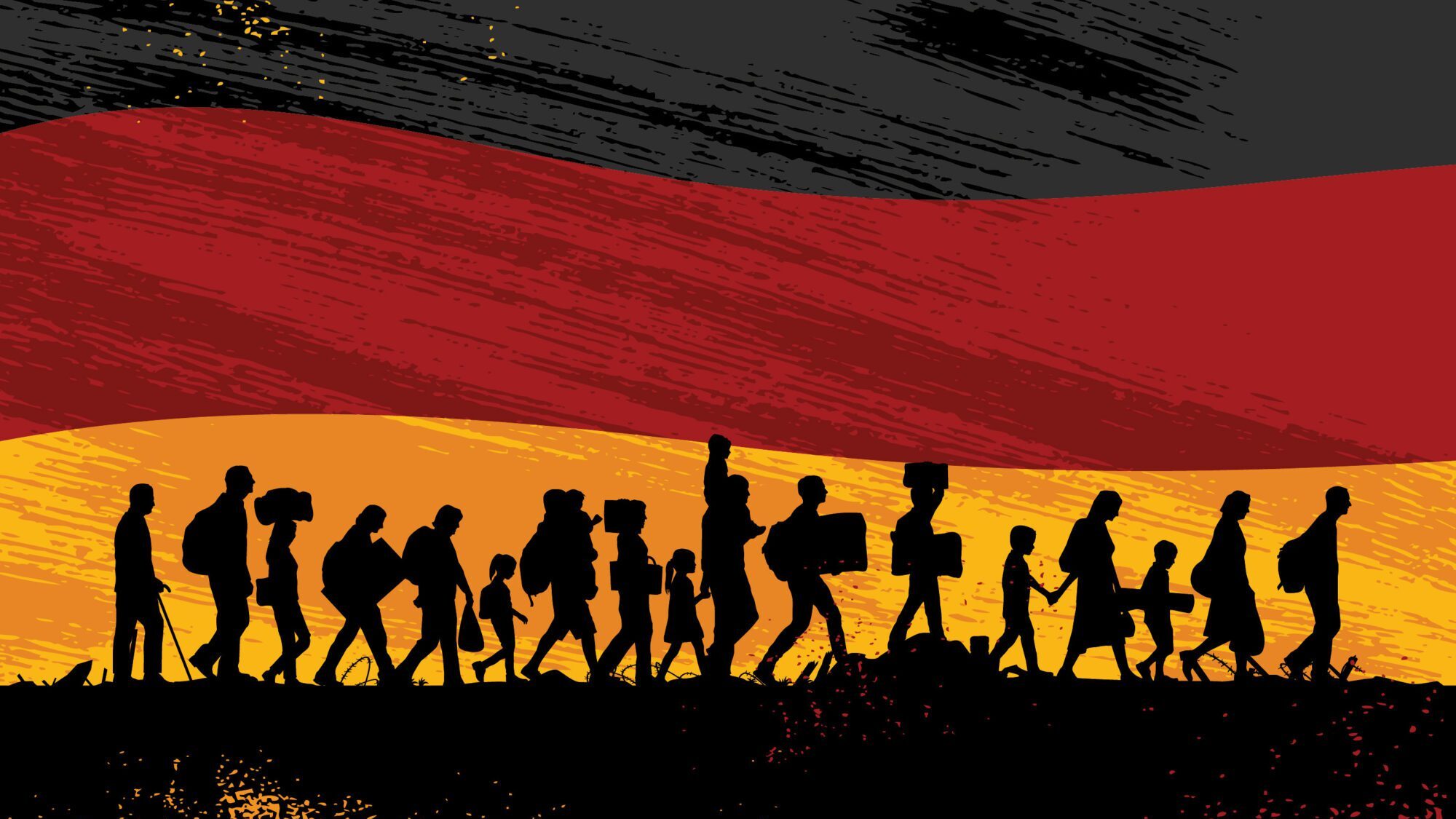Mass illegal migration continues to grow in many parts of Europe this year and Germany is by far the country most migrants aim for when they make the often dangerous journey by land or by sea.
This week, the German Federal Police, who patrol the nation’s borders, announced that illegal border crossings in the first six months of 2023 have increased by 56% compared to the same period last year, totalling 45,338 illegal entries, the newspaper Die Welt reports.
In June alone, police claim that 9,461 illegal crossings were recorded—2,792 more than in June of 2022—and noted that last year, 68% of all of the 91,986 illegal crossings recorded were made in the second half of the year. If the trend remains the same, that would lead to a surge of migrants this year.
According to Die Welt, an increasing number of migrants are coming from Poland through the Belarus route, which saw thousands of migrants traverse in 2021, with German authorities claiming October of 2021 alone saw 5,294 migrants cross into Germany after entering Poland illegally from Belarus and continuing on to Germany.
According to the European Union border agency Frontex, 2,312 migrants have crossed from Belarus into EU member states in the first six months of this year.
Germany remains the most popular destination for illegal migrants and asylum seekers with 27% of all of the asylum applications in the EU in May being made in Germany.
According to a report from the newspaper Tagesspiegel, the EU Asylum Agency (EUAA) recorded over 87,000 asylum claims made across the EU, Norway, and Switzerland in May, 16% more than the previous month.
Of the migrants, 50% of those from Syria, Afghanistan, and Turkey filed for asylum in Germany, representing 12,000, 8,100, and 5,400 migrants respectively.
The number of Syrians applying for asylum has increased substantially since last year, by around 48%, and the EUAA notes that 95% of Syrians who applied for asylum within the EU received a positive decision and were granted protected status but fewer are being granted full refugee status.
Alexander Throm, who serves as domestic policy spokesman for the Christian Democratic Union (CDU) reacted to the figures by saying, “Europe has been in a severe migration crisis for months, and there are no signs that the pressure will ease,” and added, “Germany is the hardest hit by this crisis.”
Throm also called on Federal Interior Minister Nancy Faeser to “finally end her laissez-faire migration policy and recognize the seriousness of the situation.”
The increased number of asylum claims and illegal border crossings into Germany this year follows the same trend seen last year, which saw the highest number of asylum seeker arrivals in Europe since the 2015-2016 migrant crisis.
The constant large-scale arrival of migrants per year has rapidly changed the demographics of Germany in recent years to the point where now foreign-background German residents make up around one-quarter of all people in the country.
The demographic shift is particularly acute among youth in Germany. A report from 2018 noted that in Western Germany, around 42% of children under the age of six came from migrant backgrounds.






